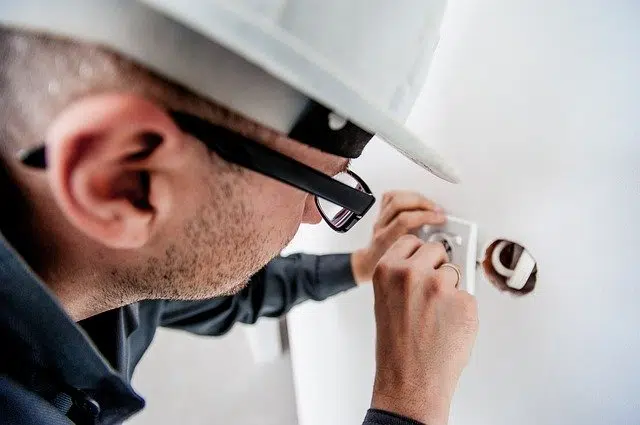
An outlet has slots that allow the plugs to be inserted to make an electrical connection possible.
The idea of a socket is used to refer to the element that, in an electrical installation , has slots for inserting plugs . It is important to note that the correct expression is outlet or the term outlet , which is part of the dictionary prepared by the Royal Spanish Academy ( RAE ).
The outlet and the plugs, therefore, make up what we know as a plug . Plugs are the legs or extensions that, protected by an insulating material, are found at the end of a cable. These plugs are inserted into the outlet (the device that houses the slots, openings or holes) and in this way the electrical connection is achieved.
It can be said that the outlet is the female plug and the plugs are the male plug . The usual thing is that the outlet is built into the wall: inside it has metal pieces that receive the plugs to allow the current to circulate. It is important to note that the outlet is linked to the electricity network.
Elements and characteristics of an outlet
When it comes to knowing in depth what an electrical outlet is, it is essential to mention that it is determined by several fundamental parts or elements such as these:
-The number of poles . By this we mean the number of outputs it has to power the load.
-The maximum voltage , which is the maximum voltage to which it can be subjected. Specifically, the most common are 600 V, 480 V, 250 V or 125 V.
-The maximum current , which is the highest amount of current that the aforementioned device in question can have without it getting hot or breaking down. In this case, these would be frequent currents such as 15A, 20A, 30A, 50A or even 60A.

Installation of an outlet must be done by an electrician.
An example
Let's take the example of a house that has a kitchen, a dining room and two bedrooms. In the kitchen, there are two outlets installed, which allow the refrigerator and the microwave oven to be connected to the electrical network . In the dining room, three other outlets are used to connect the television, an audio system and a lamp.
Lastly, each bedroom has two more electrical outlets. All these devices contribute to the inhabitants being able to use the electrical network in the different environments of the home.
Outlet Types
It must be emphasized that in the market we can find different types of power outlets, among which the following stand out:
-For single-phase 2-wire system – 120V.
-For single-phase 3-wire system – 120 V / 240 V.
-For three-phase systems at 220 V.
As a general rule, the single-phase outlet has a series of elements that can be clearly differentiated, such as the neutral slot, the ground slot, the connection sheet, the potential slot and its long list of screws. Among the latter are those with a potential terminal, those necessary to fix in the box, those with a neutral terminal and those with a ground terminal.
